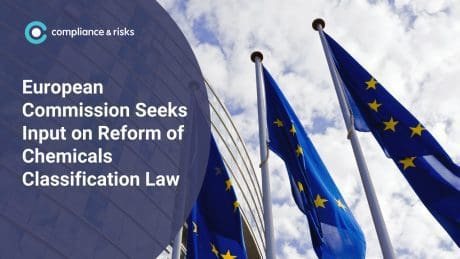
Conflict Minerals Due Diligence: the EC and EPRM Knowledge Portals


In the first instance, there is the European Commission’s “Due Diligence Ready!” portal.
Designed for small and medium sized enterprises (SMEs), the information and guidance material documented within the portal benefits from being very clearly conveyed (it is communicated in writing, graphic and video form) and easy to follow. There are a number of leaflets that provide helpful overviews of key issues related to fulfilling legal obligations, for example what due diligence constitutes, and how to identify a potential conflict-affected and high-risk area (or “CAHRA”). For those who are learning about Regulation (EU) 2017/821 for the first time, this will likely be an invaluable introduction. However, for those with at least some existing understanding and who are simply wanting to “get on” with doing what is required under the Regulation, the portal’s due diligence toolbox is the place to turn to. With an emphasis on the practical, this provides access to tools such as the RMI’s Conflict Minerals Reporting Template and corresponding training, a checklist to support the establishment of a suitable management system, a template letter for eliciting information from suppliers, risk assessment tools and more. This is all useful material, and something that could be drawn upon by businesses of any size, from an SME to the largest of multinationals.
The second portal is hosted by the European Partnership for Responsible Minerals (EPRM), a multi-stakeholder group that promotes responsible mining practices in CAHRAs around the world.
Called the “EPRM Knowledge Portal”, its stated intent is to be a comprehensive resource center for mineral supply chain due diligence. At the time of writing, the EPRM Knowledge Portal had only recently launched so, upon an initial comparison with the EC’s Due Diligence Ready!, it seems a little less developed. Indeed, it references much of the same material although that is perfectly understandable given that the two portals essentially share the same objective (e.g. both cite the OECD’s “Due Diligence Guidance for Responsible Mineral Supply Chains” and make various references to its five step framework). Where the EPRM Knowledge Platform does distinguish itself from Due Diligence Ready! is in the publication of case studies of supply chain due diligence conducted by different businesses and what is planned for the future, namely customizable content for companies (although what form this will take and when it will be ready by are unclear).
If you are currently preparing to comply with Regulation (EU) 2017/821, both portals are certainly worth visiting. From a practical perspective, it would be good practice to read through at least one of the business case studies found on the EPRM Knowledge Portal before turning to the due diligence toolbox of the EC’s Due Diligence Ready! portal. Helpfully, the latter provides a number of resources that could be used with near immediate effect by any EU 3TG importer seeking to either commence or develop its supply chain due diligence.
These portals are freely accessible online.








